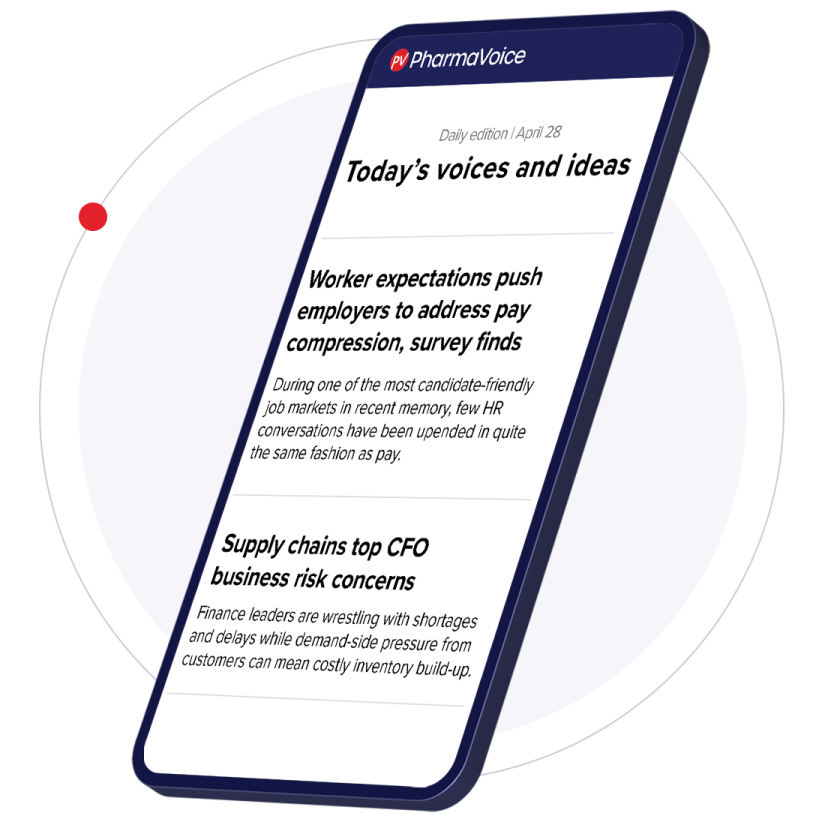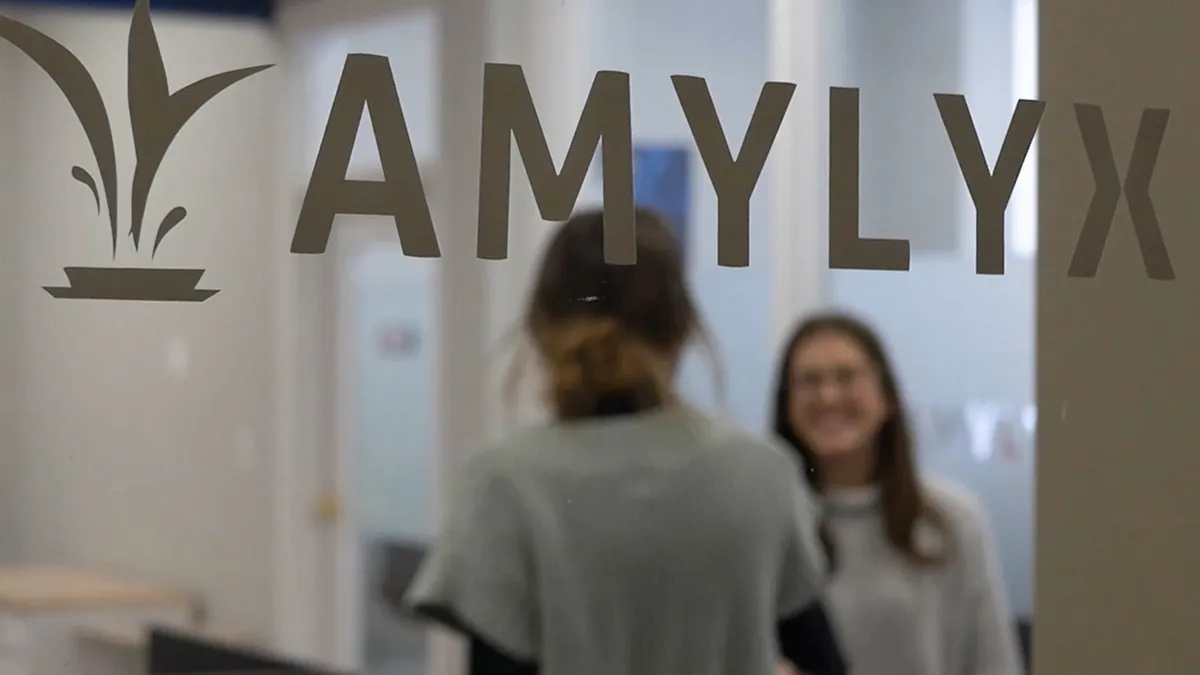Lupus R&D has been slow to progress with only two biologics approved in more than two decades. Can Biogen bring more treatments to the table in the next couple years?

If so, two late-stage drug candidates from the biotech giant could help turn the tide for the debilitating autoimmune disease’s constellation of challenges.
Symptoms can range from a “classical butterfly rash” to fatigue and joint pain, which can make diagnosis harder to pinpoint. It’s also a disease that flares up and remits with mild to severe symptoms, which can be difficult to track. And lupus, which typically afflicts females between 15 and 45 years old, can hit different organ systems at different times.
“Historically, lupus has been a challenging area for drug development … largely because it’s a pretty heterogeneous disease,” said Dr. Diana Gallagher, senior vice president of the multiple sclerosis and immunology disease unit at Biogen. “You have patients who present often at a young age with an array of symptoms, and because it’s not easy to diagnose, that makes clinical trials tricky.”
There are currently two approved biologic treatments for systemic lupus erythematosus, “and they were a long time coming,” Gallagher said. After 50 years without a new approved treatment for the disease, GSK’s Benlysta hit the market in 2011 and was joined in 2021 by AstraZeneca’s Saphnelo. Before the biologics took the stage, only regimens like steroids and antimalarial drugs such as hydroxychloroquine were available to quiet the symptoms.
But patients still need more options, and Biogen’s two late-stage programs — the UCB-partnered dapirolizumab pegol and the home-grown litifilimab — reflect how far researchers have come in identifying and targeting new pathways.
Last week, Biogen and UCB revealed new results from a phase 3 study of dapirolizumab pegol showing that the CD40L inhibitor could go toe-to-toe with the two existing competitors in terms of clinical and quality-of-life measures. The companies have begun a confirmatory second phase 3 study.
And on an earnings call last week, Biogen CEO Christopher Viehbacher pointed to litifilimab as an important new entry in the lupus landscape with two phase 3 studies enrolled and planned for a readout in late 2026.
Sticking with it
Biogen has been hammering away at lupus for more than a decade, Gallagher said, borrowing lessons from the company’s most successful franchise to date: multiple sclerosis.
While lupus and multiple sclerosis are very different diseases, they share traits that have informed Biogen’s pursuit, Gallagher said. Both affect women predominantly, exhibit difficult symptoms with relapsing and remitting elements and have immunological backdrops.
“We can do many of the same things here with lupus,” Gallagher said. “In the same way we ended up with six marketed therapies for MS, you need to bring a lot of different options to different stages of the disease.”
Drug developers have also learned how to run clinical trials in a more effective way, Gallagher said.
“We’ve learned as an industry what hasn’t worked,” Gallagher said, pointing out that Biogen has also seen its share of setbacks in earlier iterations of its lupus research. “In these trials, you need to very carefully control for a lot of elements and look at the inclusion criteria of who you’re bringing into the study.”
Severity of the disease, timing of flare-ups, management of background treatments like steroids — many factors can influence how a drug affects a patient’s reaction, which can have drastic implications for the study overall. Multiply that by hundreds of patients in each of Biogen and UCB’s leading late-stage lupus studies, and the risks pile up quickly.
“If you throw a drug into this heterogeneous group of patients and you don’t control for background therapy or other factors, then finding an effective treatment becomes quite precarious,” Gallagher said.
In the case of dapirolizumab pegol, targeting the CD40L pathway has required some tinkering along the way. CD40L is a “central node that bridges B cell and T cell biology,” Gallagher said, and while it has been in the works for years, several first-gen attempts at Biogen, UCB and elsewhere weren’t successful. In fact, the same molecule failed a phase 2 trial in 2018.
But the latest phase 3 results for dapirolizumab pegol have been promising with once-a-month dosing and endpoints that include multiple disease characteristics, such as reducing flare-ups and improving fatigue, which Gallagher said is something lupus patients are often most eager to mitigate. Another feature of the drug is that it didn’t cross the placental barrier in preclinical studies, Gallagher said, which means it could be beneficial for patients who are pregnant if the same plays out in the clinic — and lupus often affects women in their childbearing years, she pointed out
If ultimately approved, Biogen and UCB would face competition from AstraZeneca and GSK’s approved biologics, but there’s plenty of room in the landscape for multiple approaches.
Litifilimab’s progress is also encouraging for Biogen with two late-stage studies reading out next year for systemic lupus erythematosus as well as another study in cutaneous lupus erythematosus — which primarily affects the skin — the following year.
“Just like in many other autoimmune diseases … you will see patients needing therapies at different points in their disease,” Gallagher said.



















